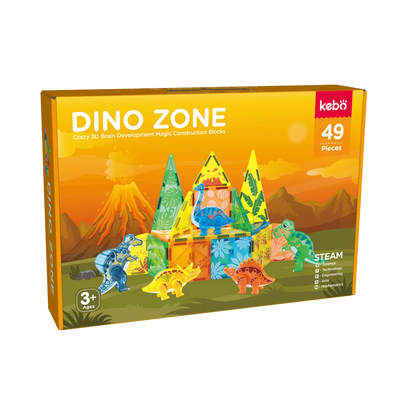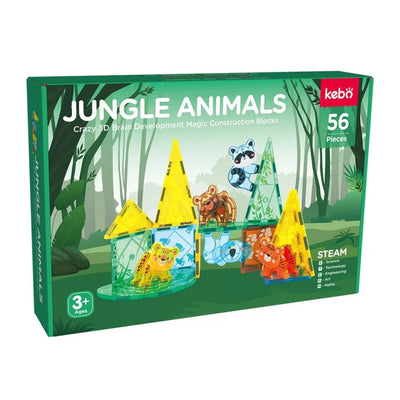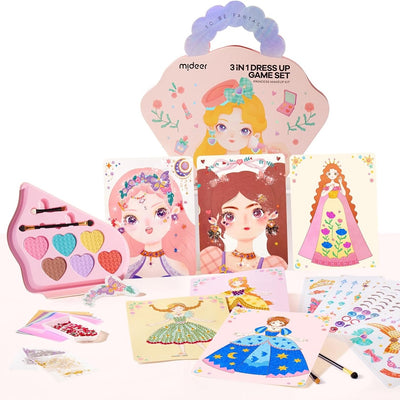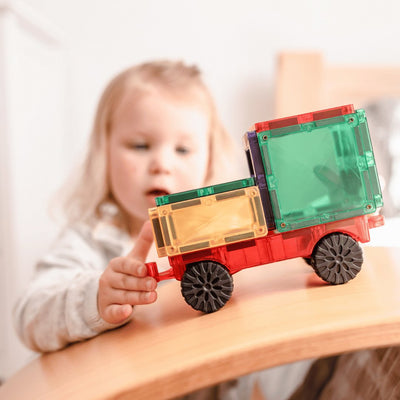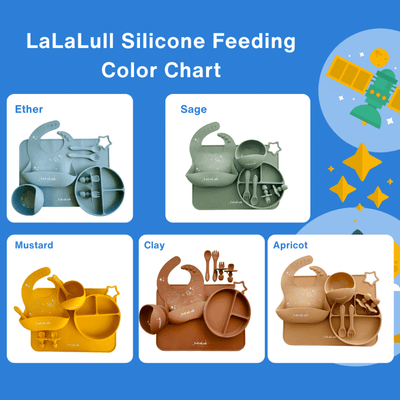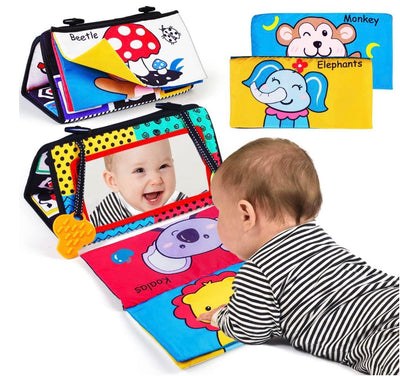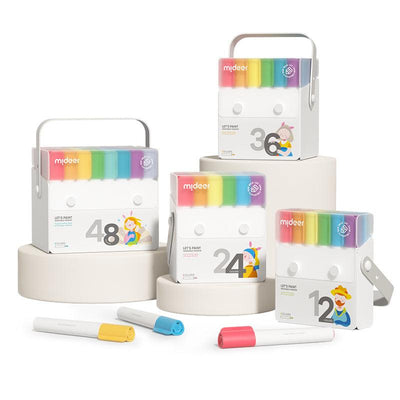Introduction
Choosing the right feeding set for your baby involves sifting through a myriad of materials, each claiming to be the best. Among these, silicone has emerged as a popular choice for parents seeking safe, durable, and easy-to-clean options. In this blog, we'll delve into some of the most common questions about silicone baby feeding sets, providing you with the knowledge you need to make the best choice for your little one.
1. Is a Silicone Feeding Set Good for Babies?
Silicone feeding sets are becoming increasingly popular for several reasons. They are durable, flexible, and resistant to temperature changes, making them suitable for various types of food. Unlike some materials that can harbor bacteria or degrade over time, silicone maintains its integrity and does not react with food, ensuring a safe feeding experience for babies.
2. Is Silicone Safe for Babies?
Yes, food-grade silicone is safe for babies. It is a non-toxic, hypoallergenic material that does not contain harmful chemicals like BPA, lead, or phthalates, which are often found in other types of plastic feeding products. Silicone's heat resistance also means it can be sterilized at high temperatures without releasing hazardous substances, ensuring a hygienic feeding environment for your child. LaLaLull baby feeding set withstand up to 200˚C。
3. Is Silicone Safer Than Plastic for Babies?
Silicone is generally considered safer than traditional plastics for several reasons. Firstly, silicone does not contain BPA, a chemical commonly found in plastics that can disrupt hormonal balance. Additionally, silicone is more heat-resistant than plastic, reducing the risk of leaching harmful chemicals into your baby's food. Its durability and non-porous nature also prevent the growth of bacteria and mold, making it a healthier choice overall.
4. How Do I Choose the Right Silicone Feeding Set?
When choosing a silicone feeding set, consider the following factors:
Certification: Look for products made from 100% food-grade silicone that have passed safety certifications. FDA certified silicone is also a good sign for good quality.
Ease of Cleaning: Opt for sets that are dishwasher safe and easy to clean by hand.
Durability: High-quality silicone should be flexible yet durable, able to withstand frequent use and high-temperature sterilization.
Design: Choose ergonomic designs that are easy for your baby to handle and help in the development of fine motor skills.
5. How Do I Care for My Silicone Feeding Set?
Caring for silicone feeding sets is straightforward:
Wash before first use: Clean the set with soap and water or in the dishwasher.
Sterilize regularly: You can boil silicone items or use a steam sterilizer to ensure they are free from bacteria.
Avoid sharp objects: To prevent damage, avoid using sharp utensils on the silicone.
Conclusion
Silicone feeding sets offer a safe, durable, and convenient option for feeding your baby. By choosing high-quality, food-grade silicone and following proper care instructions, you can ensure a safe and enjoyable feeding experience for your little one. Remember to always prioritize products that are certified for safety and designed with your baby's needs in mind.
